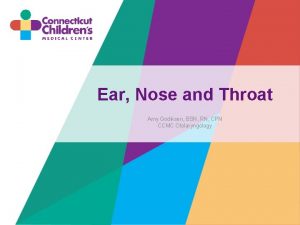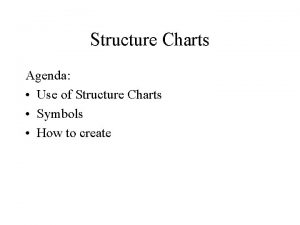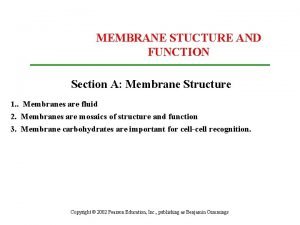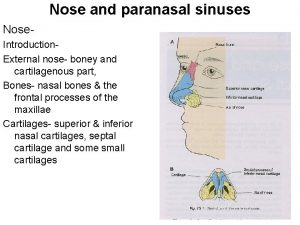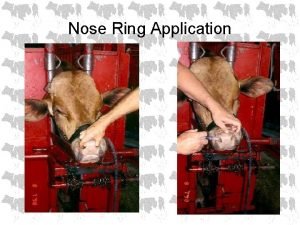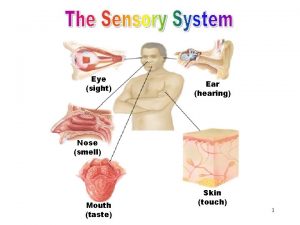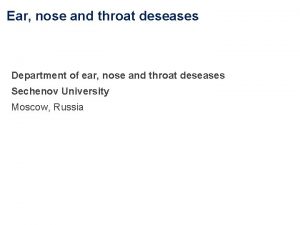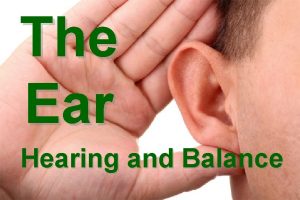SENSORY SYSTEM STUCTURE and FUNCTION OF EAR NOSE







- Slides: 7

SENSORY SYSTEM STUCTURE and FUNCTION OF EAR, NOSE, AND TONGUE

OUTER EAR Pinna (auricle) o Visible ear o Collects sound waves External auditory canal: ear canal Cerumen o Ear wax, protects the ear Tympanic membrane o Ear drum, separates outer and middle ear See figure 10 -12 pg. 199

MIDDLE EAR Cavity in temporal bone Connects with pharynx by Eustachian tube o Equalizes pressure in the middle ear with outside atmosphere Bones - transmit sound waves from ear drum to inner ear o Malleus (hammer) o Incus (anvil) o Stapes (stirrup)

INNER EAR Cochlea o Spiral shaped organ of hearing, contains a membranous tube, the cochlear duct • Which is filled with fluid that vibrates when sound waves are transmitted by the stapes Organ of Corti o Delicate hairlike cells that pick up vibrations of fluid and transmit them as a sensory impulse along the auditory nerve to the brain Semicircular canals o Three structures in inner ear that contain liquid set in motion by head and body movements Impulses sent to cerebellum to help maintain body balance (equilibrium) See figure 10 -13 pg. 200

PATHWAY OF HEARING Sound waves to outer ear (pinna) to external auditory canal to tympanic membrane to ear ossicles (malleus, incus and stapes) to cochlea to auditory nerve to temporal lobe of brain See figure 10 -14 pg. 201

NOSE Smell accounts for 90% of taste Tissue in the nose, olfactory epithelium, contains specialized nerve cell receptors Those receptors stimulate the olfactory nerve to the brain See figure 10 -15 pg. 204

TONGUE Mass of muscle tissue Bumps on surface are papillae, they contain taste buds Receptors in taste buds send stimuli through 3 cranial nerves to cerebral cortex See figure 10 -17 pg. 205
